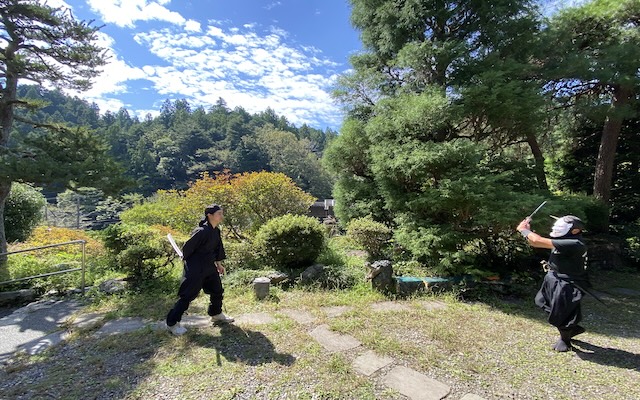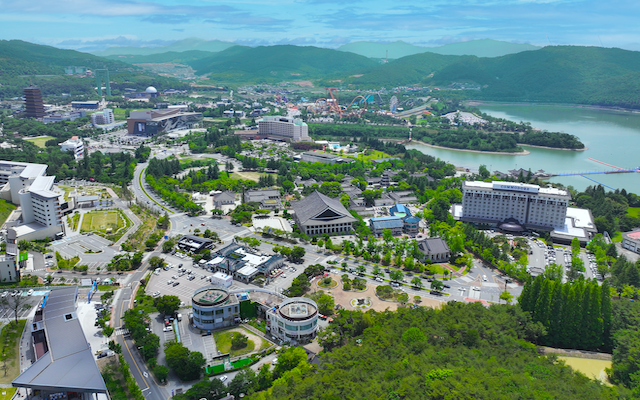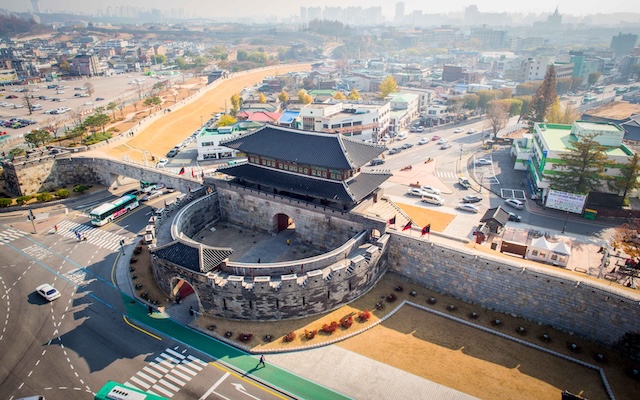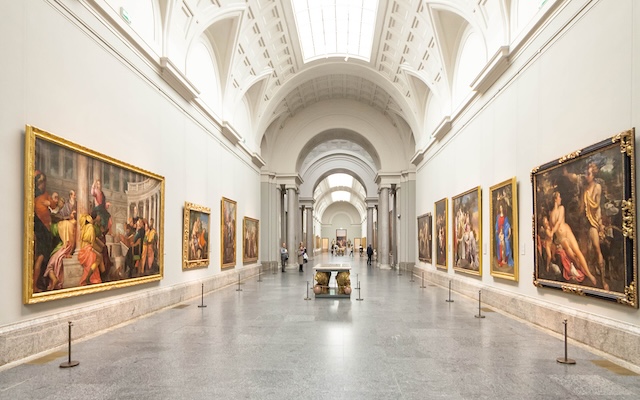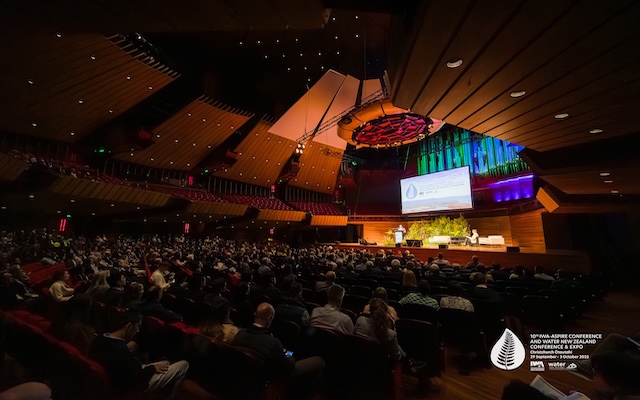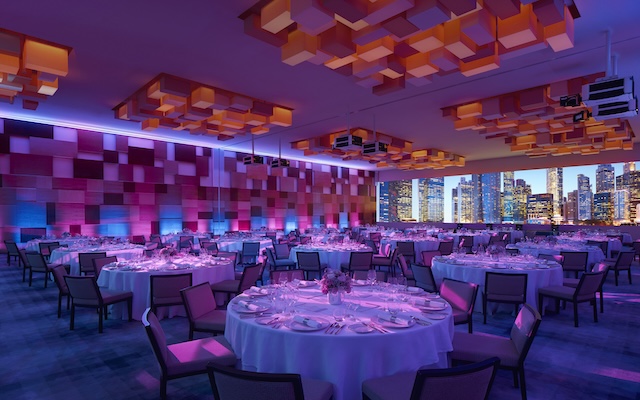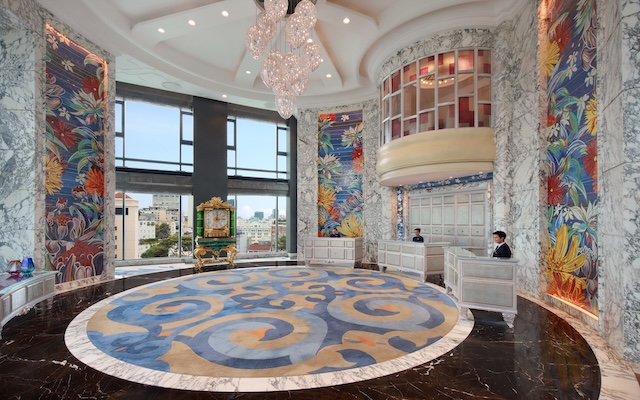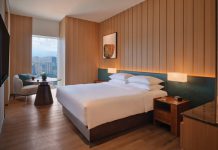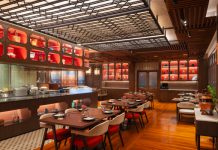Latest island attraction Sentosa Sensoryscape is not only an immersive multi-sensory experience incorporating augmented reality, design, nature and music, but embodies sustainability as a key development tenet.
Sentosa Development Corporation (SDC) worked closely with the project team of architects, engineers, and contractors to build Sentosa Sensoryscape, an experiential connector for travellers who wish to explore the island on foot in all weather conditions, with strategic ventilation and shade.
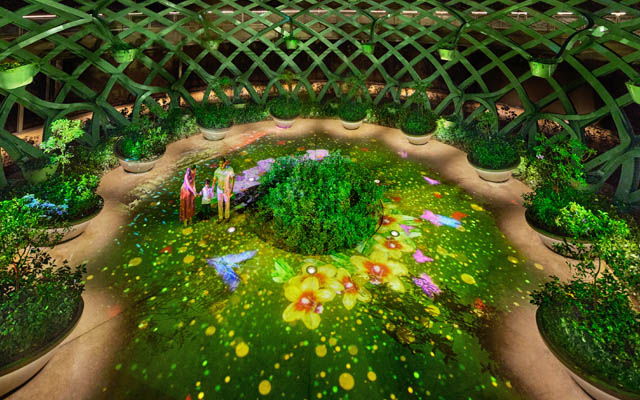
Lee Cheh Hsien, SDC assistant chief executive, corporate and sustainability, said Sentosa Sensoryscape, which opened in mid-March, is also designed to capture rainwater runoff to a water harvesting tank that provides for non-potable water use such as in irrigation systems.
He added: “During the construction, ecological-valuable tree clusters were further enhanced with proposed tree planting for canopy connectivity required for birds and butterflies’ movements along the east-west axis.
“Approximately 220 species of trees and plants, including over 100 different native fauna-attracting tree and shrub species were also introduced to ensure biodiversity and contribute positively to the environment, such as enhancing air quality, reducing glare and combatting heat.”
Lee stressed it was “imperative for new island partners and attractions to be onboard with our Sustainable Sentosa ambition and sustainability goals to become a globally recognised sustainable destination by 2030”.
“When attractions are being conceptualised, we encourage the operators to develop their plans with the natural environment in mind so as to lessen the disturbance to the biodiversity within the vicinity.”
“A few good examples include setting a wellness resort next to a serene, forested area, or experiencing a zipline above the treetop canopies onto the beach.”
He commented: “Beachfront areas are zoned as active and vibrant areas suitable for crowd events like music concerts, while protecting other quieter beaches and intertidal areas with rich biodiversity by limiting activity and visitorship through guided tours.”
The design of energy consumption, Lee told TTGmice, is also kept in mind to ensure that the carbon footprint is kept low and, where possible, powered by renewable energy.
“One such example of a newly-launched attraction which has already achieved carbon neutrality is the SkyHelix, a carbon neutral attraction which boasts a panoramic experience at the peak of Mount Imbiah,” he shared.




